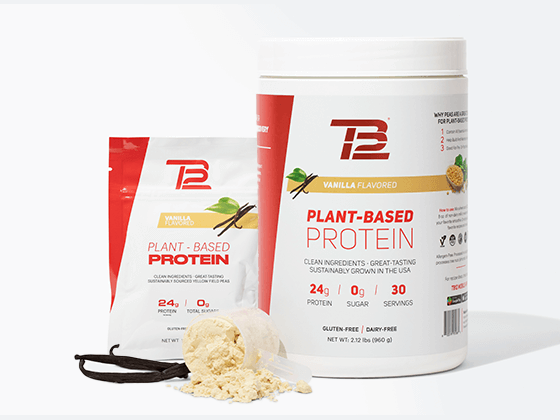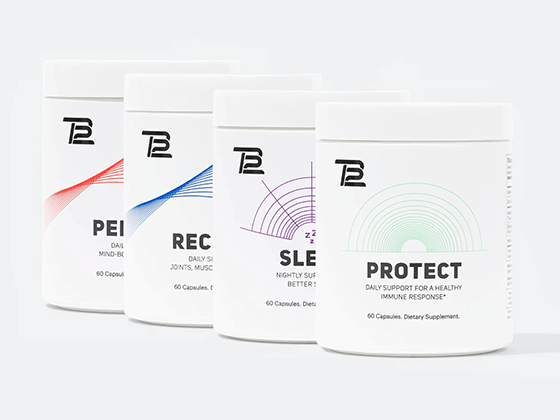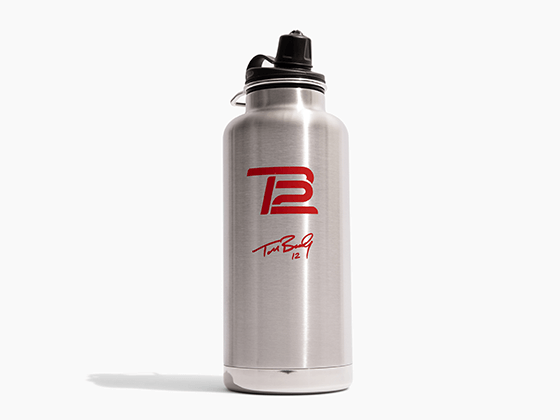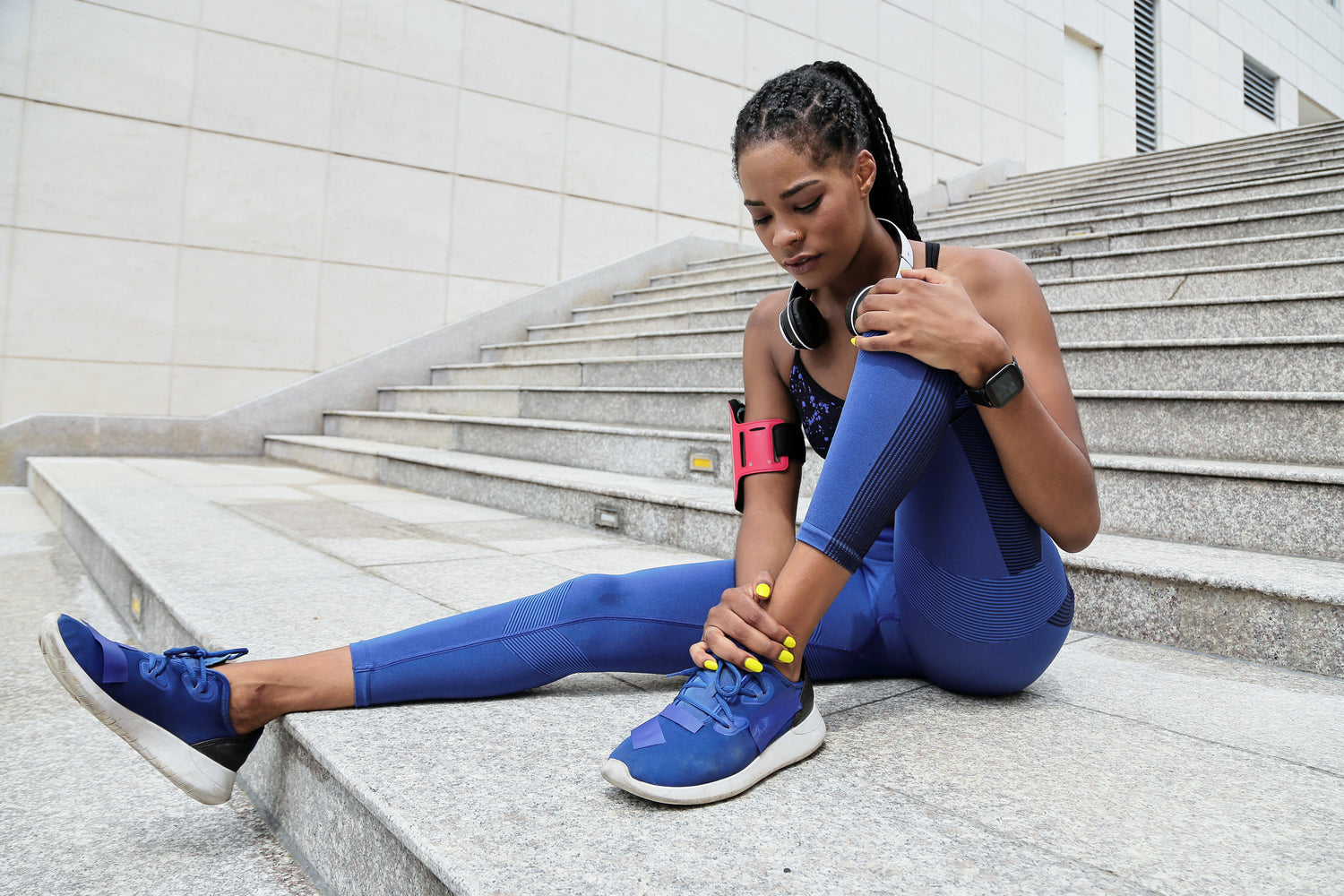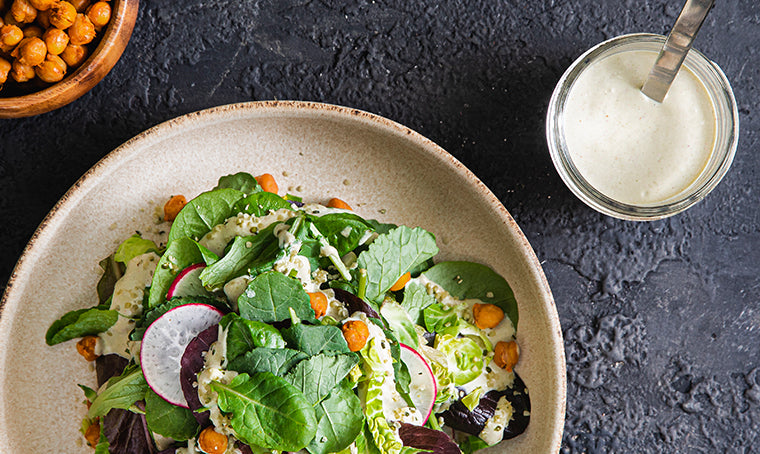Inner ankle/foot pain can be common in runners and many sports. It is usually a result of inflammation and pain to the tibialis posterior tendon. This muscle, which runs from the back of your calf to the arch of your foot, assists in supporting your arch, pointing the foot forward and pushing off the ground when walking and running.
Here are some helpful tips to keep your tibialis posterior healthy as you get back into running! These tips can be applied to other sports and activities as well.
Self-Pliability:
A great way to reduce pain and tension and improve function of the tibialis posterior is through self pliability. Spend time foam rolling in areas that are dense and tender in your calf and foot and incorporate some pumping of the ankle forward and backward and side to side to actively lengthen the muscle and stimulate the nervous system.
Check out our TB12 Vibrating Pliability Roller, Vibrating Pliability Sphere, and Vibrating Pliability Mini Sphere
Glute Activation:
Our glutes are the biggest muscle group in our legs and help with propelling our body forward when walking and running. Being able to fire them better will reduce the load on the tibialis posterior and allow for a more efficient running pattern.
Sport-Specific Activities Into Training:
At TB12 we believe sport specific training is critical for athletes and can help reduce injury and increase performance. Running is essentially consecutive single leg jumps, so mixing in some jumping (single leg or double leg jumps) into your training will help prepare your body and ankle for this movement when its go-time.
Have a smooth and efficient running pattern:
Running form is definitely important to address. For distance runners, taking smaller, quicker strides and focusing on landing on your mid/fore foot is optimal and more efficient for your joints and tendons. Bigger strides and heel striking allows for more impact and unnecessary force to your joints and especially your tibialis posterior tendon.

